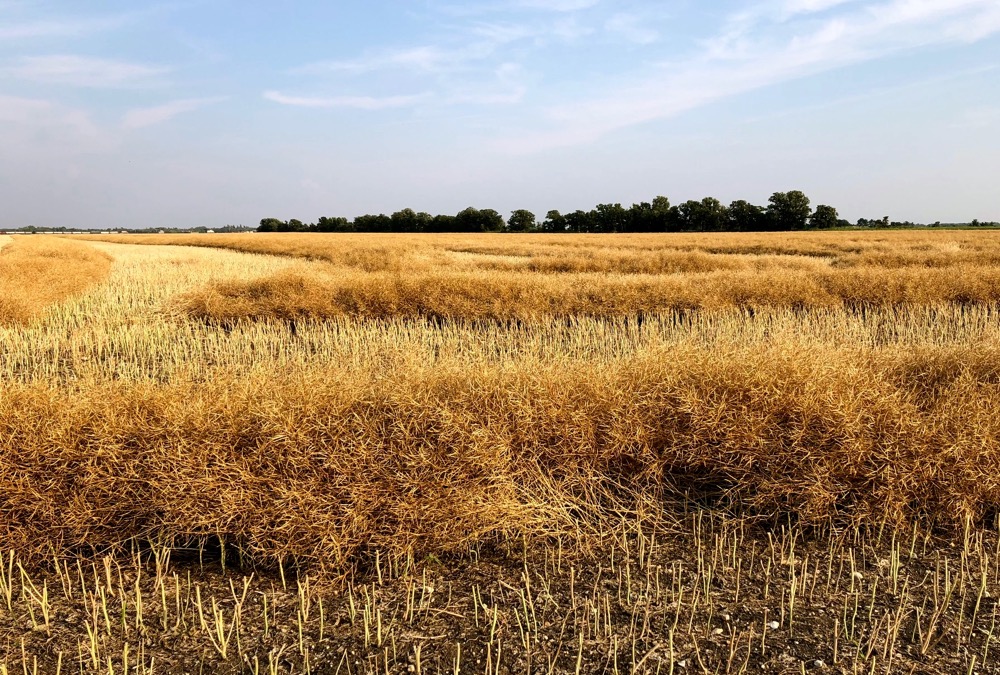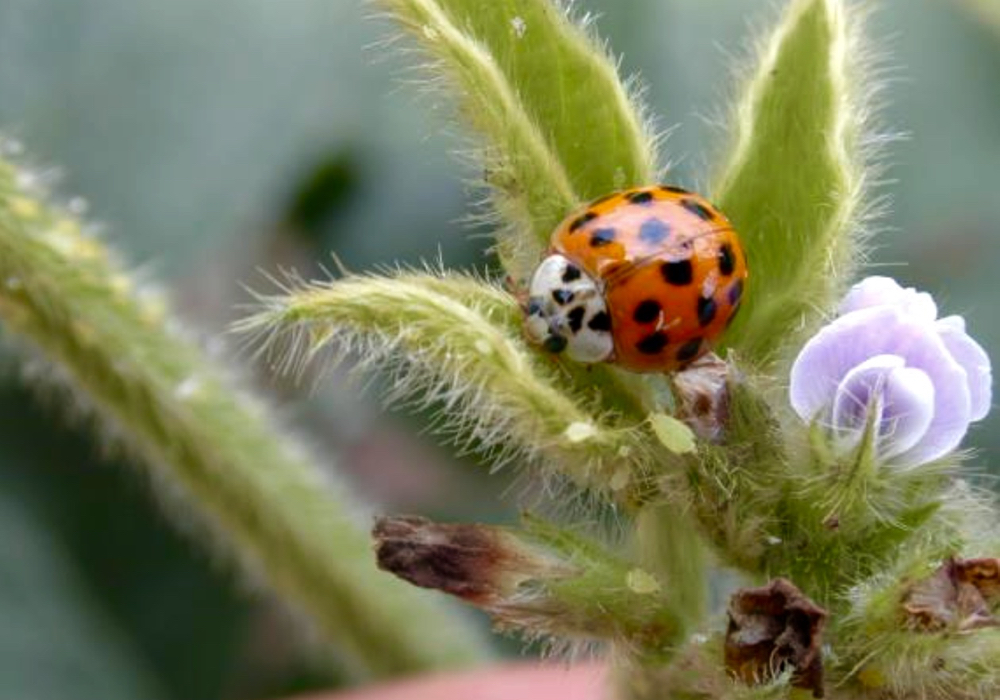Birds do it, fleas do it but when bees do it, it is worth some $200 billion to the world economy.
That’s why scientists are seeking a way to stem mass deaths of the world’s primary pollinator – the honeybee – which affect more than 30 per cent of bee colonies in the United States and more than 20 per cent in some European countries.
Researchers have identified some probable causes of colony collapse disorder, including blood-feeding parasites, bee viruses, fungi, pesticide exposure and decreased plant diversity causing poor nutrition for honeybees, experts say.
Read Also

How much nitrogen can farmers really cut?
Manitoba fertilizer trials look for nitrification inhibitor sweet spot, to lower greenhouse gas emissions and cost without hurting yield.
“It’s a complex interaction of several different factors that are causing bees to die, resulting in quick colony decline,” said Jeff Pettis, entomologist and chief researcher at the U.S. Department of Agriculture’s Bee Research Lab in Beltsville, Maryland.
Losses are alarming not just for honey lovers but for a huge chunk of the global agricultural market. Some 52 of the world’s 112 leading crops – from apples and soybeans to cocoa and almonds – rely on pollination. One 2009 study by economists put the value of insect pollination, mainly by bees, at about $212 billion.
The threat to bees is international. England lost more than half its hives in the past two decades, and baffling bee losses are occurring in Asia, South America and the Middle East.
A single silver bullet to end the problem is still out of reach. But recent discoveries are shedding light on possible answers to the puzzle.
Some scientists blame commercial agricultural pesticides such as clothianidin, which has been linked to millions of bee deaths near farming areas in different countries. Banned in some European count r ies , clothianidi n remains approved by the U.S. Environmental Protection Agency and is commonly used on U.S. crops such as corn, wheat and soy.
PARASITES
Another bee threat is parasites such as the varroa destructor, which clings to a bee as it feeds on hemolymph, or bee’s “blood,” and spreads dangerous viruses. Major infestations will typically wipe out beehives, said Keith Delaplane, entomology professor at the University of Georgia.
Finally, another possible cause for bee deaths is a combination of a virus and a fungus, which was found in all collapsed colonies in a U.S. study last year. The viral-fungal duo may destroy bees’ memory or navigation functions and contribute to colony collapse.














